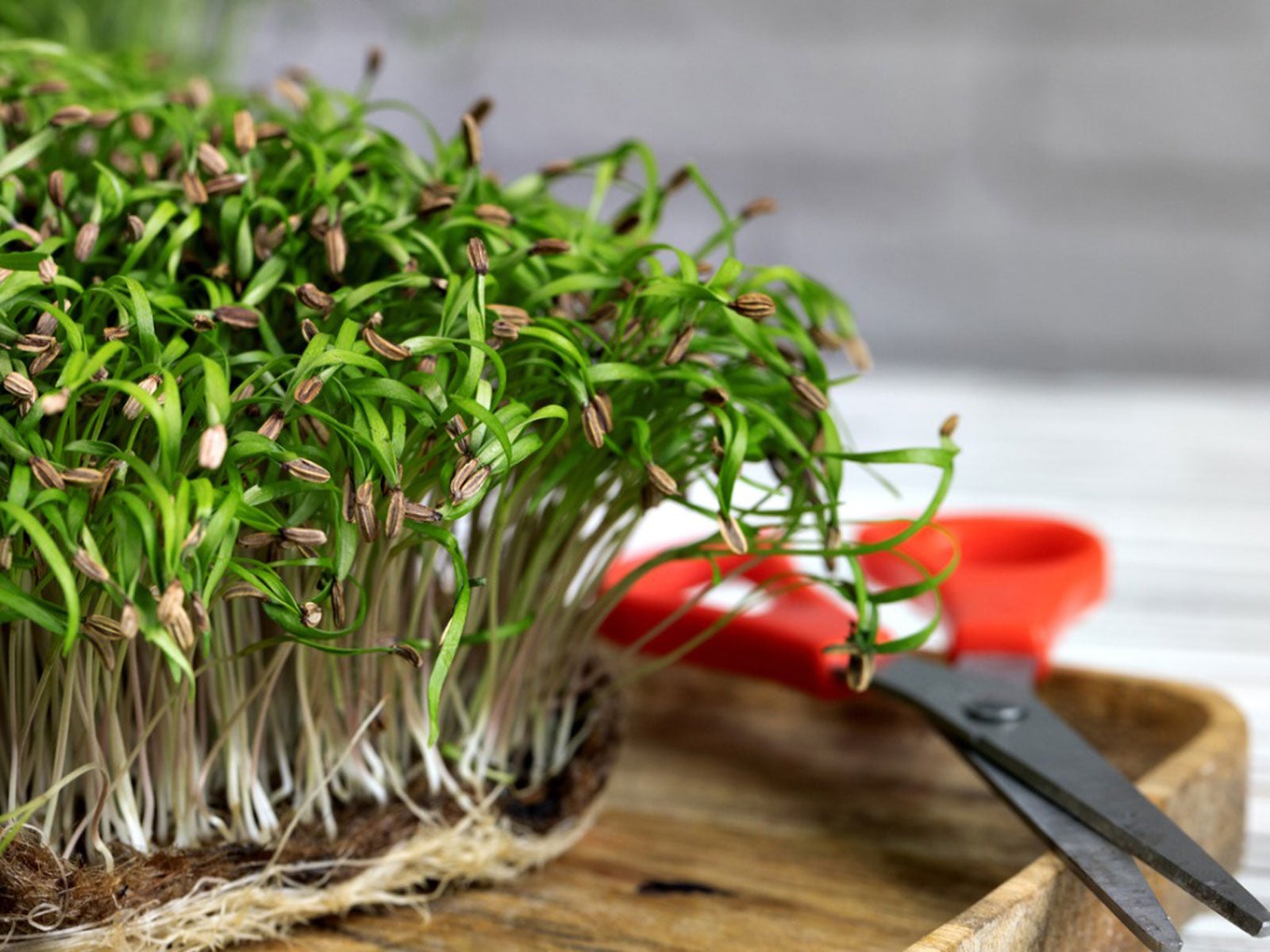Low-Light Edibles: Growing Vegetables In The Dark


Have you ever tried growing vegetables in the dark? You may be surprised at how many low-light edibles you can cultivate. Vegetables grown with low-light gardening techniques often have a milder flavor or different taste than when the same plants are exposed to sunlight. This alone can make low-light edibles appealing to both home and commercial gardeners. Growing edibles in the dark has another benefit as well.
Growing Low-Light Edibles
Due to higher labor costs, growing edibles in the dark often raises their market value. Low-light gardening can be a profitable solution for gardeners wishing to enter a niche market. Here are three plants which use the energy stored in their roots to produce vegetables in the dark:
- White Asparagus – Compared to green asparagus, the white version has a sweeter, more delicate flavor. Popular in Europe, white asparagus can be produced by blocking sunlight from reaching the sprouts. (Any variety of asparagus can be used.) Lack of sunlight delays the production of chlorophyll and prevents the sprouts from turning green.
- Forced Rhubarb – If you love rhubarb, this low-light gardening technique can give you a jump on the rhubarb harvesting season. Forced rhubarb crowns produce tender, sweet pink stalks as much as a month earlier than the traditional harvest season. To force rhubarb, the crowns can be dug up and brought indoors or simply covered with a large bin in the garden.
- Chicory – This second-season crop is produced by digging up chicory roots and forcing them indoors over the winter. The forced roots produce a distinctly different type of foliage than what is found on chicory plants in the summer. Called a chicon, these lettuce-like heads of salad greens are popular in Europe.
Low-Light Gardening with Seeds
Roots are not the only place plants store energy for growth. Seeds are a compact energy source used to fuel germination. The energy stored inside seeds can also be used to grow vegetables in the dark:
- Sprouts – Popular in Chinese cuisine, germinating bean and alfalfa sprouts in a jar is another method of growing edibles in the dark. Sprouts can be grown indoors in as little as a week.
- Microgreens – These delectable salad greens are young seedlings from a variety of vegetables including broccoli, beets, and radishes as well as traditional salad greens such as lettuce, spinach, and cabbage. Microgreens are ready for harvest in about a month and can be grown without light.
- Wheatgrass – Often consumed for its health benefits, wheatgrass can be sprouted indoors without sunlight. From seed to harvest takes less than two weeks. Successively sow this crop for a continual supply of nutritious wheatgrass.
Sign up for the Gardening Know How newsletter today and receive a free copy of our e-book "How to Grow Delicious Tomatoes".

Laura Miller has been gardening all her life. Holding a degree in Biology, Nutrition, and Agriculture, Laura's area of expertise is vegetables, herbs, and all things edible. She lives in Ohio.